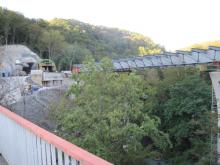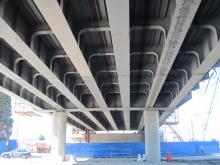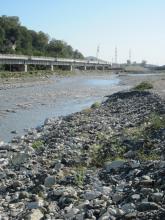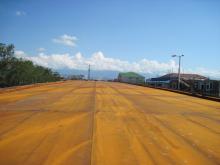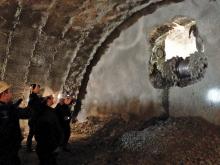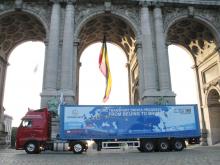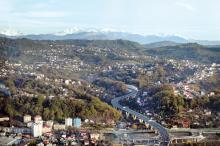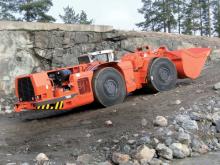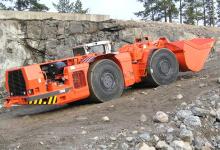One of the largest construction programmes in Europe is being carried out to get a Russian resort ready for the Winter Olympics. Patrick Smith reports. Daytime temperatures top 30°C in September, and with hundreds of shops and hotels, it is not difficult to see why Sochi has become Russia's premier holiday playground. The city, on the east coast of the Black Sea, near the border with Georgia, bustles with tourists, and this is boosted with delegates at the 9th International Investment Forum Sochi 2010.
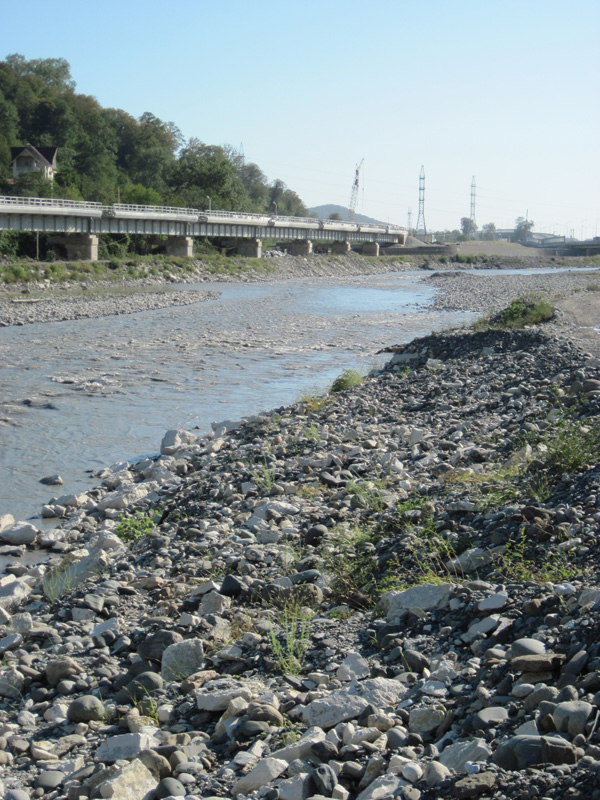
A slip road and section of track on the Adler to Alpica-Service integrated road and railroad project
One of the largest construction programmes in Europe is being carried out to get a Russian resort ready for the Winter Olympics. Patrick Smith reports
Daytime temperatures top 30°C in September, and with hundreds of shops and hotels, it is not difficult to see why Sochi has become Russia's premier holiday playground.The city, on the east coast of the Black Sea, near the border with Georgia, bustles with tourists, and this is boosted with delegates at the 9th International Investment Forum Sochi 2010.
A keynote speaker, Russian Prime Minister Vladimir Putin, is reported to have overseen the signing of deals to attract US$800 million of investment from the United Arab Emirates (UAE) into Russia, while following the forum it was reported that the Krasnador region's administration, in which Sochi is situated, signed 42 agreements worth about 180 billion rubles (US$5.82 billion) for a variety of projects.
At some 147km, Sochi claims to be the longest city in Europe; is Russia's largest seaside resort, and its centre and surrounding areas struggle daily with ever-increasing local and holiday traffic that often means heavy congestion.
However, apart from the sun and money talk, Sochi and its humid subtropical climate have other reasons for optimism. It will host the Formula 1 Russian Grand Prix in 2014 (until 2020), after a deal with F1 boss Bernie Ecclestone, and the same year it will host the XXII Olympic Winter Games and XI Paralympic Winter Games, being held for the first time in Russia.
The coastal Olympic cluster in Sochi is being built on the site of an old cabbage field, and when completed it will mean that for first time in Olympic history all the ice arenas will be within walking distance of each other, says client Olympstroy, which is hoping that after the Games the facilities will encourage further tourism.
Costing a total of around $6.3 billion, preparations for the Olympics are said to be on target, and these also include the biggest road and rail construction programme in Sochi's history, and one of the largest construction projects in Europe.
This is aimed at easing city centre traffic jams and transporting competitors and spectators to and from the venues.
While Sochi International Airport's new terminal is already open, those involved with the competition venues and transport are adamant that all will be completed on schedule, particularly as Olympic officials regularly visit to check on progress.
"The Russians are on target," said a manager, following such a visit to a section of the Adler to Alpica-Service mountain resort integrated road and railroad project recently.
The highway will connect the Adler municipality of Sochi (site of its airport and railway station) with the resort, which is the venue for the Olympic skiing cluster.
The 50km long highway includes 35km of bridges and overpasses as well as six tunnels with a total length of 26.5km (10.3km of railway, 6.7km of motorway and 9.5km of shaft tunnel), and five traffic interchanges on existing roads, and is being constructed for Russian Railways by general contractor
The first 6km section connecting the airport with the existing Krasnaya Polyana road was opened in late August, and this will provide additional road capacity near the Olympic construction projects and offload traffic from Adler centre and highways surrounding the city. Krasnaya Polyana is the most sophisticated ski/snowboard resort in Russia and will host the Winter Olympics.
The project, which will offer travel to the mountain resort from Sochi in just 30 minutes by train, makes use of advanced road and bridge construction technologies with the roads and rail links designed to meet high seismic load requirements. The highway also needs special environmental requirements due to its bordering a national park the Mzymta River valley: in some sections the 'bridges' run alongside the river rather than over it because of its tendency to flood.
As part of the first stage of the project, Mostotrest, the largest diversified Russian transport infrastructure construction company, with an estimated 7.8% market share of the Russian infrastructure construction market (excluding repair and maintenance work) by revenue in 2009, and including the market shares of Corporation Engtransstroy/ETS and Transstroymekhanisatsiya/TSM for works conducted in-house in 2009, has built three four-lane vehicle bridges with a total length of 1,245m.
According to Vladimir Vlasov, general director of Mostotrest, the combined motorway and railway is expected to be operational in 2013.
Currently the company is constructing the railway bridges and overpasses on the first 14km of the Adler to Alpika-Service railway, and nine divisions of the company are involved. This includes two bridges over the Mzymta River 361m and 1,146m long.
Another project, the four-lane Adler Ring, for which Mostotrest is general contractor for client FGU DSD Chernomorye (Federal Enterprise Directorate for Construction and Reconstruction of Motor Roads on the Black Sea Coastline), is a part of the Olympic development programme approved in 2007.
It is a critical element of the transport infrastructure connecting the Greater Sochi area with the Olympic cluster, and will connect traffic from Sochi and Adler to Krasnaya Polyana, the airport and Vesyolaya Olympic Village.
At present this part of the road experiences heavy traffic due to the level merge of traffic flows and a grade crossing causing serious difficulties for people moving towards the airport.
A new multi-level interchange will reduce city traffic and ease travel between Olympic sites, and will increase the level of comfort for Olympic athletes and spectators and improve the environment in Sochi resort city.
The interchange includes a 508m long steel and concrete composite overpass constructed using 700 tonnes of steel in 17 sections.
Sergey Mozalev, executive director of the
A further project, aimed at relieving congestion in Sochi centre, is the service or back-up road of Kurortny Prospekt, which is the longest road in Sochi running though the heart of the city. It is a highly complex road construction project being carried out in the cramped conditions of a densely populated city affected by the traffic congestion.
Another part of the Winter Olympics' development project, the four-lane service road should offload the transportation backbone and drive suburban development.
Development of the project is in three distinct sections. Construction of the first section to connect the Agura River with Ulitsa Zemlyanichnaya Street started in November 2009, and the second section will include repairs and upgrades between Ulitsa Zemlyanichnaya and the Sochi River, while the third section will connect the Sochi River and Psakhe River.
The total length of the service road is projected to be 17km, with the first phase including two overpasses (2.3km and 150m long, up to 25m high); nine interchanges and two pairs of tunnels. The general contractor is Tunnel Group 44 with Mostotest as a contractor (it is currently constructing the two flyovers).
For the tunnels, the New Austrian Tunnelling method (the geological stress of the surrounding rock mass is used to stabilise the tunnel) is being used, and on at least one tunnel a
It was recently announced that Mostotrest had won an open tender for the construction of the second and third sections of the route.
The second stage of the construction includes the construction of a 5.5km four-lane highway (two lanes in each direction), which will include 13 bridges, pathways and flyovers (total length of 4.8km in both directions) as well as three intersections on different levels and six tunnels with a total length of more than 4km (in both directions).
The third stage of the construction includes the construction of a 5.3km long route, which will include two interchanges at different levels, a bridge and a flyover with a total length of 1.2km in both directions as well as six tunnels totalling over 5.8km in both directions.
"Winning this tender for the construction of the second and third sections of a secondary road along Kurortny Avenue, which is expected to become one of the key city highways for the 2014 Winter Olympics, is an important milestone for our company," says Vladimir Vlasov.

